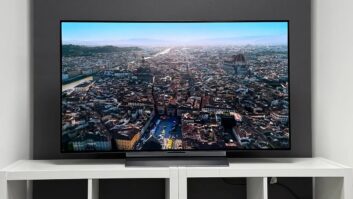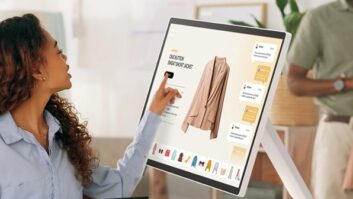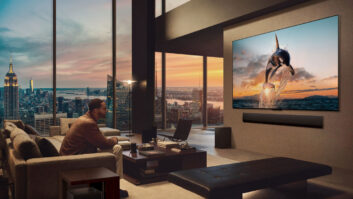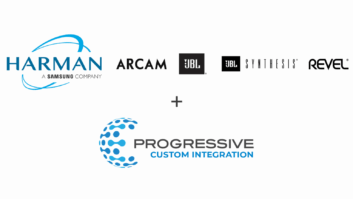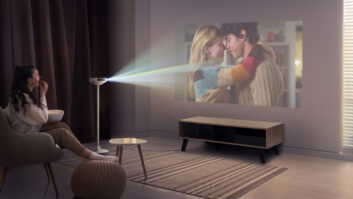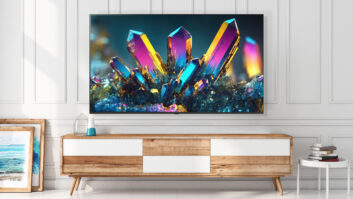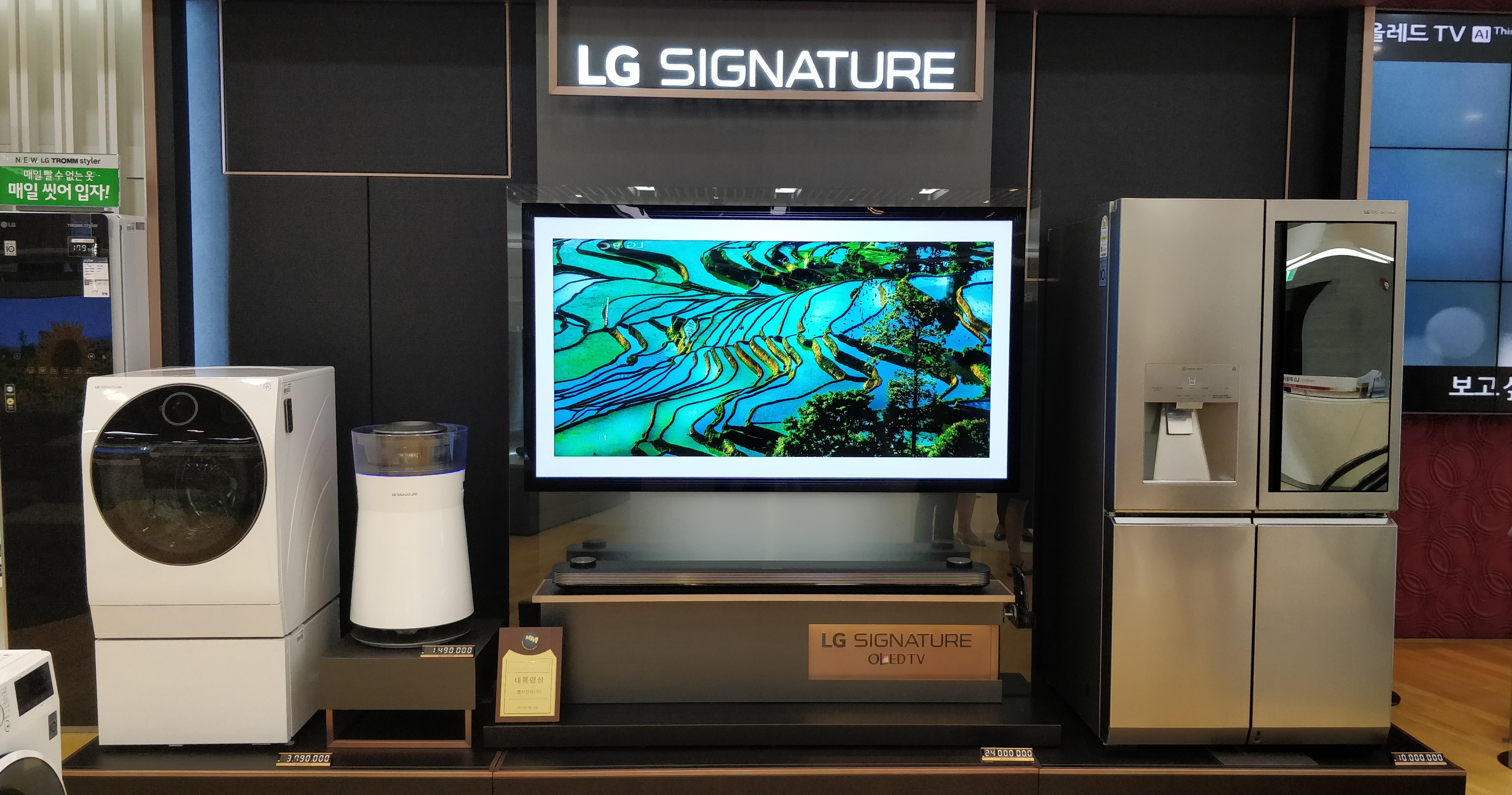
It was back in 2016 that LG Electronics introduced its first stand-alone super-premium brand, LG Signature.
The purpose was twofold: first, to tap into a burgeoning luxury market. According to an LG survey, home spending among the six-figure-income set had risen for the last five to 10 years in the U.S., and 40 percent of those consumers considered kitchen appliances the most important luxury category for the home. (Two-fifths of the well-heeled respondents even said that buying a luxury product was better than sex.)
See: LG’s David VanderWaal Breaks Down The Luxury Majap Market
The second reason: to flex LG’s research, design and manufacturing muscles and create a state-of-the-art appliance and TV collection that would demonstrate to consumers and the trade all that the company is capable of.
What followed, at CES 2016 in January, was an elite five-item grouping comprised of an OLED TV, door-in-door refrigerator, laundry pair and combination air purifier and humidifier. The nascent assortment stood separate and apart from the open LG line, with dedicated design teams, unique materials and features, a minimalist look, and its own production processes.
Now, nearly three years later, LG is ready to introduce the brand’s first major line extension under the banner of “The Art Of Essence,” which underscores its less-is-more design philosophy.
See: LG Uncorks Latest Signature Additions
On the eve of the launch at IFA 2018, TWICE visited LG’s corporate and design headquarters in Seoul, South Korea, to learn first-hand about the genesis and execution of LG Signature from the management team that created it. Here’s what program management officer (PMO) Bruce Chang and lead designers Wookjun Chun and Yoo Seok Kim had to say.
What were the origins of LG Signature?
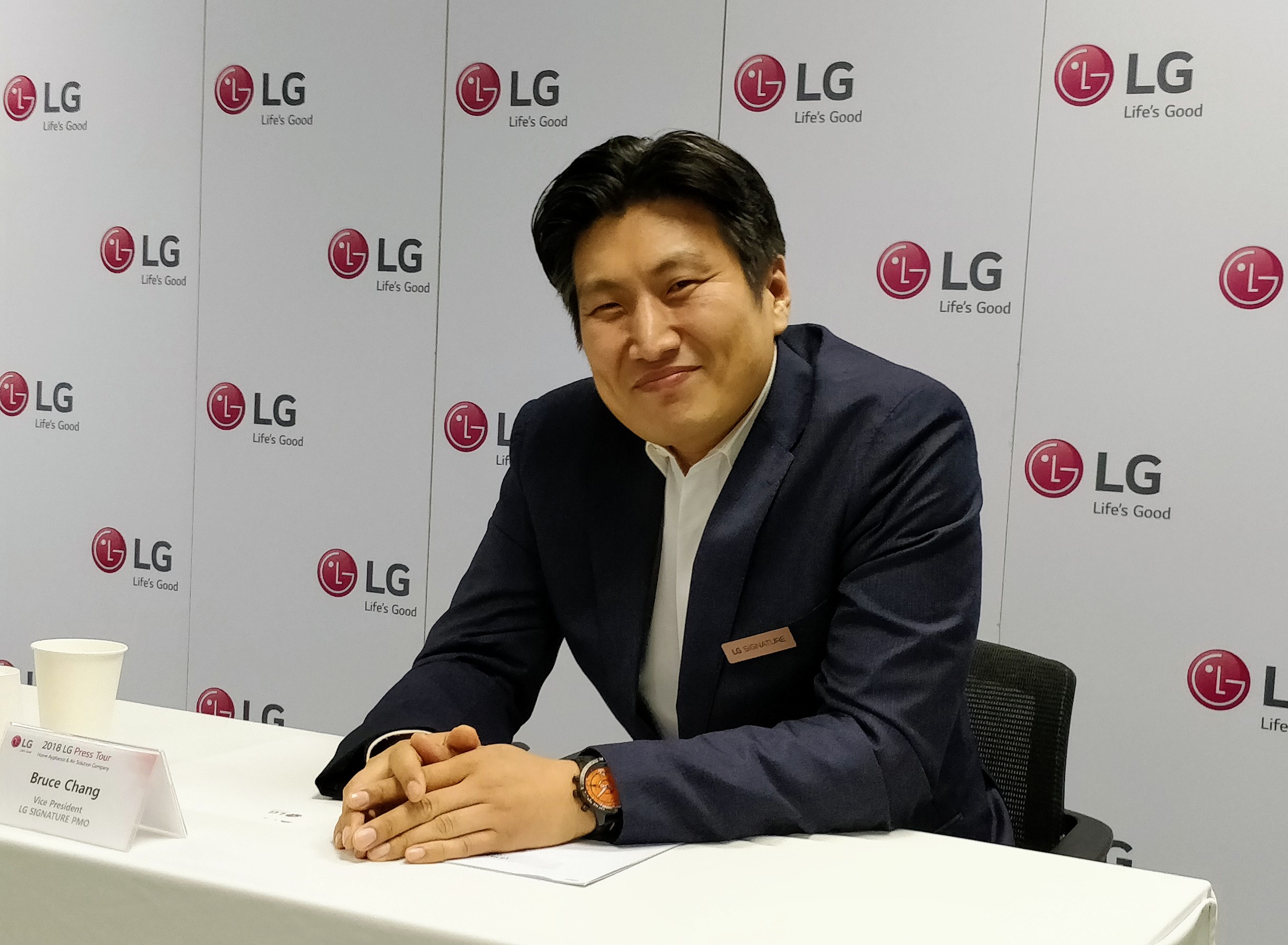
Bruce Chang, PMO, LG Signature: In 2014, top management wanted a breakthrough best product that was based on technology and design, and was about more than just price and volume. We used consumer surveys, consumer experience and consumer convenience as the basis of our design, and introduced three prototypes in 2015.
What distinguishes LG Signature from the regular LG line?
Chang: It’s a completely different platform. They share core components, but the circuitry and materials are completely different. And again, LG Signature started from the consumer’s perspective, rather than the engineers.’ We observed consumers meticulously, down to how they separated their laundry, to identify all their pain points.
That’s why it took twice as long to create LG Signature, compared to LG products. The development of LG products depends on market situations and can take anywhere from three months to a year. But with Signature, there was no mandated timeline for concept to execution.
What are your sales goals for Signature? Is there a target mix of Signature to LG products?
Chang: There’s no set target for sales mix [and] our CEO is not tracking sales figures. Our goal is to show consumers that this is our premium lineup, this is our direction, and for LG Signature to provide a halo effect on the entire line. Signature will be the brand’s future.
Are there any plans to bring production to LG’s new U.S. plant in Tennessee?
Chang: The production processes are completely different for LG Signature, and the craftsmen that make it are staying here in Korea. So, no, there are no plans to move production to Tennessee.
What is the inspiration behind LG Signature’s minimalist design approach?
Yoo Seok Kim, Display Team leader, Home Entertainment Design Lab: From the beginning the slogan for LG Signature has been “The Art of Essence.” For us that means to get rid of any unnecessary design elements.
Wookjun Chun, Living Appliance Team leader, Home Appliance and Air Solution Design Lab: We combine simplicity of design with function and convenience. Our 24-inch combination washer-dryer, for example, is essentially just a square and a circle, a very simple design, like the moon’s reflection on a lake at night: white, with a round door. We created ergonomically friendly push-button controls and positioned them higher for easy access, and angled the product on the bottom so your toes aren’t too close.
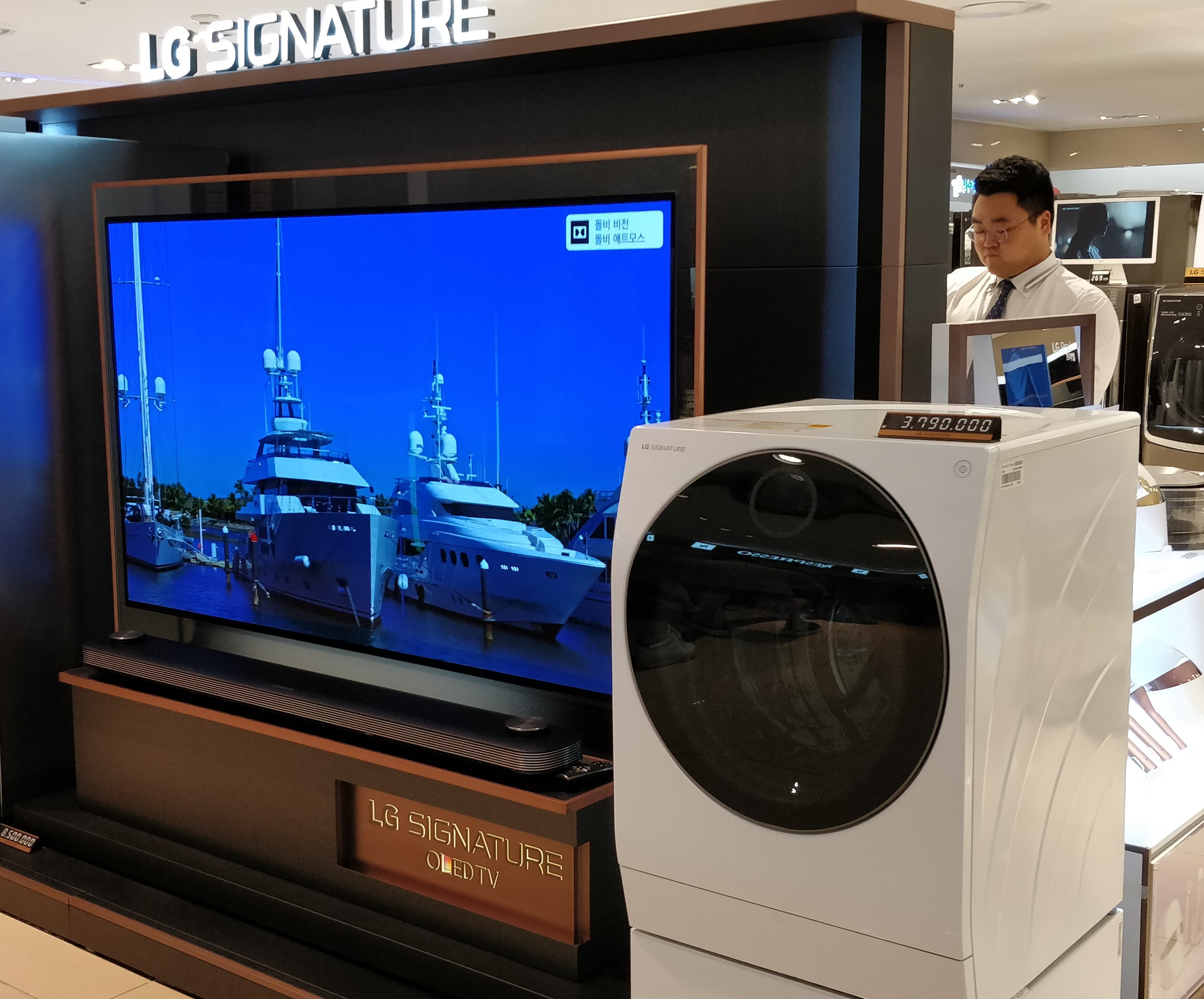
Kim: In TV design, there’s been a rapid change from the past, when the TV was the centerpiece of the living room. That’s no longer the case now; people want their TV to be less visible, to appear as a wall, a window or a piece of artwork, like in science fiction movies.
To create the ultra-thin Wallpaper TV, we had to do a complete structural redesign. We worked with the display engineers and studied engineering so we could understand their language.
Chun: We also work with CMF [colors, materials, finish] specialists to develop new materials. It’s an ongoing process. Ten years ago stainless steel was popular in the U.S., but consumers didn’t like that it left fingerprints. Today the trend has changed and consumers are embracing new finishes like black stainless.
Where do you get your design ideas?
Kim: I tell the team, “Don’t sit at your desk. Go out, walk around, go see a movie!” We also surf the Internet, and sometimes go into consumers’ homes to see the different kinds of materials that are used. But designers around the world are inspired by the same sources, which is why we have to differentiate.
We also conduct a lot of consumer surveys, both before and after the product is released, to help identify any pain points.
Do you have any industrial design heroes? Perhaps Apple’s Jony Ive?
Chun and Kim [together]: Dieter Rams [former chief designer for Braun, known for his “Less is better” design philosophy].
Kim: Jony Ive is skilled at design implementation, but we heard that he sent his original iPhone design to Rams first, to get his opinion.




